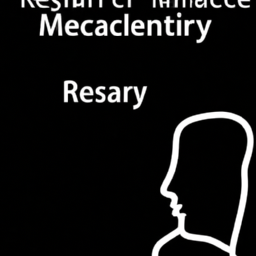Welcome to the HR Executive blog! This month, we’re discussing a recent report from the U.S. Bureau of Labor Statistics regarding job openings, layoffs, and their reversal in April.
The Bureau’s monthly Job Openings and Labor Turnover Survey (JOLTS) reported a 358,000 increase in job openings in April, which brought the total to 10.1 million. This marked a reversal of the monthslong downward trend and was seen in retail trade, health care, and transportation and warehousing.
While the 10.1 million openings remains above the pre-pandemic level of about 7 million, it is still lower than the record 12 million in March 2022. This highlights the fragility of the job market, which is still struggling to fully recover from the economic downturn caused by the pandemic.
The April JOLTS report also showed that total separations (layoffs) decreased from 6.9 million in March to 6.3 million in April. This marks the sixth consecutive month of declining layoffs, indicating that the labor market is slowly but surely improving.
The combination of fewer layoffs and more job openings is a sign that the labor market is on the mend. Companies are increasingly looking to hire as the economy gradually reopens, and as consumer confidence returns.
However, the job market remains volatile and uncertain. The pandemic has caused many industries to face a long road to recovery, and the recent decrease in job openings and layoffs is not a sure sign that the job market will remain stable.
The labor market is still far from pre-pandemic levels, and the number of job openings and separations will likely continue to fluctuate in the coming months. Employers must be prepared to adjust their hiring strategies to meet the changing market conditions.
For job seekers, the current job market presents both opportunities and challenges. On the one hand, the decrease in layoffs indicates that it may be easier to find a job. On the other hand, increased competition for available jobs may make it more difficult to land the job you’re looking for.
Due to the volatility of the labor market, job seekers should be prepared for a long search. That means taking steps to make yourself stand out from the competition, such as updating your resume and networking with potential employers. Job seekers should also take advantage of the resources available to them, such as job search websites and career counseling services.
The labor market is slowly improving, but it is still far from pre-pandemic levels. Employers and job seekers must both remain flexible and prepared for a long-term job search. With the right strategies and resources, employers and job seekers can find success in these uncertain times.
Thank you for joining us for this month’s HR Executive blog. We hope you’ll join us again next month for more insightful tips and advice for HR professionals around the world.



